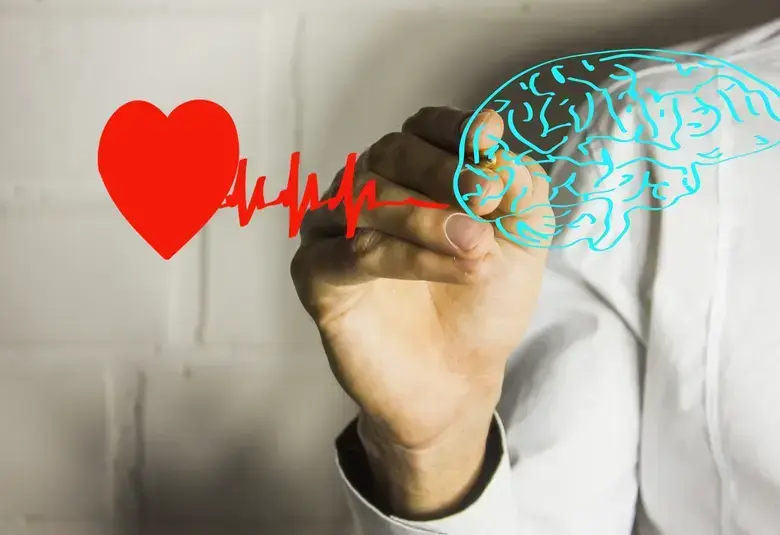Stressful life events have been associated with both the onset of schizophrenia and worsening episodes of psychotic disorders. Recent evidence suggests that age and sex are important mediators of the risk between stress and the later development of psychosis. During a scientific symposium session titled ‘Excitation/Inhibition Balance as a Primary Etiological Factor in Schizophrenia: Why Age of Insult and Sex Matters,’ Prof Anthony Grace from the University of Pittsburgh described some of the biological underpinnings explaining how stress engages different brain networks during critical developmental periods.
Stressful life events during adolescence induce long-lasting brain changes
There is an emerging body of evidence suggesting that adolescence is a period of particularly heightened risk to the negative effects of emotional stress, such as exposure to victimization, bullying, sexual abuse and socioeconomic disadvantage. Teens who are susceptible to psychotic disorders tend to exhibit abnormally high reactivity to stressful life events, and these can result in long-lasting adaptations in the brain. Animal studies have shown that exposure to stress around the time of puberty causes a hyperdopaminergic state that disrupts the excitation/inhibition balance in the hippocampus via a loss of parvalbumin interneurons. Since these same neurons are disrupted in individuals with schizophrenia, they may play a critical role as a mediator linking prepubertal stress to the later development of psychosis in adulthood.
Stress during puberty disrupts the excitation/inhibition balance
Different responses to stress in males versus females
Prof Grace and colleagues examined the effects of exposure to stressful stimuli at different developmental periods in rats and then followed them into adulthood. They found that exposure to prepubertal stress had different effects on the brains of male compared to female rats. Specifically, male rats exhibited increased dopaminergic firing in the hippocampus in response to prepubertal stress whereas female rats showed dopaminergic activation only in response to postpubertal stress.
Exposure to stress in adolescence affects different structures and functions of the brain, leading to different windows of vulnerability to psychosis between males and females
Other regions of the brain also demonstrated different responses to stress at different stages of adolescence, and there were differences observed between males and females. For instance, the basolateral amygdala of male rats exposed to prepubertal stress showed reductions in parvalbumin interneuron density that persisted into adulthood, but this effect was absent in both males and females exposed to postpubertal stress.
Protective role of perineuronal nets (PNNs)
Adolescence is also a critical period for the development of PNNs, which are protective sheaths that surround parvalbumin interneurons and shield them from metabolic and oxidative damage. Thus, exposure to stress before PNNs are fully formed could render parvalbumin interneurons more susceptible to injury and be a critical biological link between early life stress and vulnerability to the development of schizophrenia later in life.
Windows of vulnerability
Young men tend to have earlier onset and more severe psychotic symptoms compared to young women
These observations suggest that there are different windows of vulnerability between males and females, and that exposure to stress affects different structures and functions of the brain between the sexes. Prof Grace posited that these windows of vulnerability might contribute to the observed differences in both the timing of onset of psychosis and the severity of symptoms in humans, with males showing earlier onset and more severe psychotic symptoms. In contrast, females appear to be protected from early exposure to stress whereas exposure to trauma in later adolescence might increase their vulnerability to affective disorders in adulthood.




